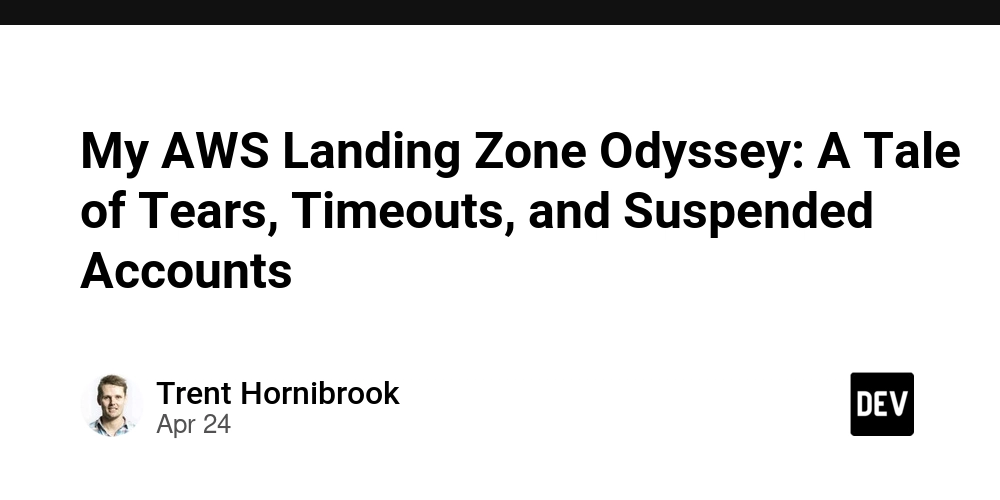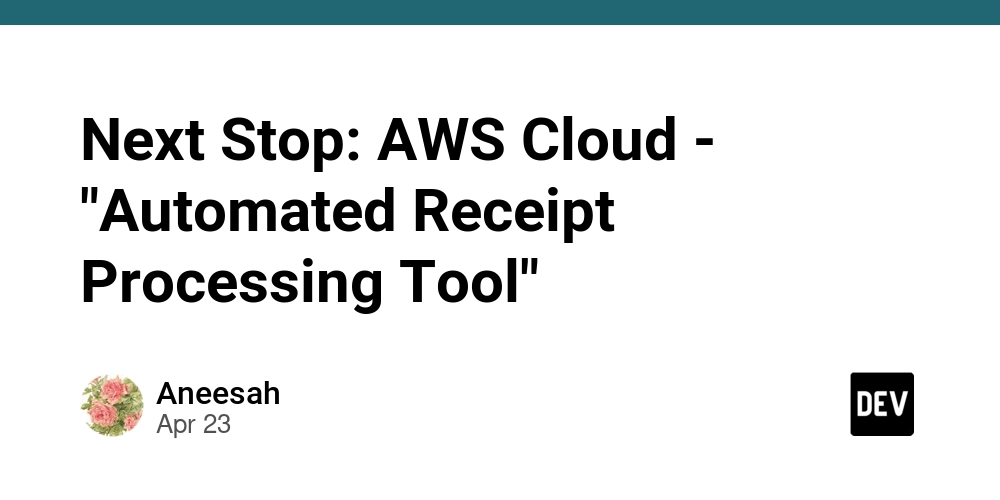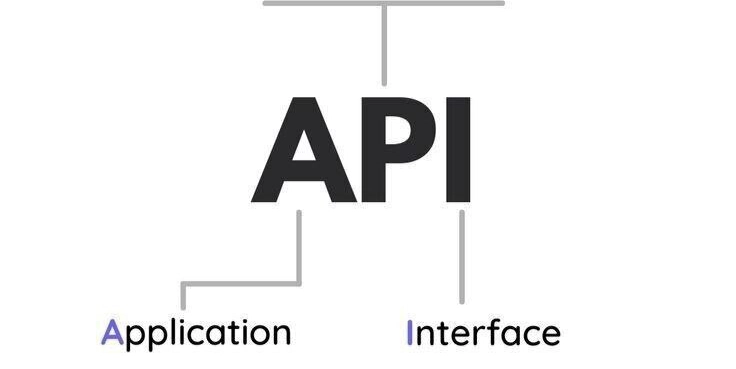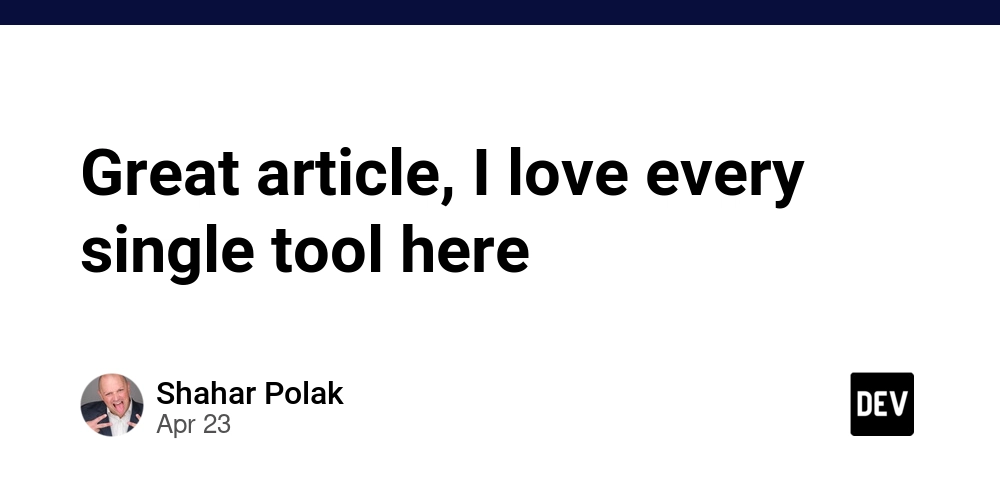
Create Stunning AI Images with Amazon Nova Canvas: A Step-by-Step Guide
Want to generate amazing images from text or voice using AI? This guide dives into how to use Amazon Nova Canvas, powered by Amazon Bedrock, to create custom visuals. Learn how to build your own image generator app and see inspiring examples!
What is Amazon Nova Canvas and Why Use It?
Amazon Nova Canvas is a powerful image generation model accessible through Amazon Bedrock. Here's why it stands out:
- Photorealistic Imagery: Generates strikingly realistic images.
- Fast Results: Low-latency inference ensures quick image creation.
- Structured Prompts: Accepts formatted input for better control over the final image.
- Easy Integration: Seamless API integration with Bedrock simplifies development and minimizes infrastructure hassles.
These features make Amazon Nova Canvas a top choice for developers looking to integrate AI image generation into their projects.
Showcase: AI-Generated Images with Amazon Nova Canvas
These images were created:
[Insert Image Showcase Here]
Building Your Own Amazon Nova Canvas Image Generator: A Technical Overview
Here's how to create a web application that generates images using Amazon Nova Canvas. We'll cover the frontend (React & HTML/CSS) and the backend (FastAPI).
1. Setting Up the Backend with FastAPI
The backend, built with FastAPI and hosted on an EC2 instance, handles the API requests and interacts with Amazon Bedrock.
-
Core Code (main.py):
-
How it Works:
- Receives a text prompt from the frontend.
- Structures the input as a conversation (as expected by Nova Canvas).
- Sends the structured prompt to the Bedrock API using the
amazon.nova-canvas-v1:0model ID. - Receives an image blob in the response and returns it to the frontend.
2. Building the Frontend using React
The React frontend allows users to input prompts (text or voice) and displays the generated images.
- Key Functionality:
- Text input for manual prompts.
- Button to trigger image generation based on the text prompt.
- Audio recording functionality via
ReactMediaRecorderto convert voice to text. - Displays the generated image.
3. Alternative HTML/JavaScript Frontend
Here is an example when you don't want to use React
- Key Functionality:
- HTML form for input via the "prompt" ID
- JavaScript function
generate()to handle the user requests. - JavaScript
addToHistory()to keep track of the generated requests.
This alternative approach guarantees that the app remains functional across different environments.
Transcribing Voice Prompts
The application also supports voice prompts using AWS Transcribe.
- How it Works:
- The user records their prompt.
- The audio is uploaded to Amazon S3.
- AWS Transcribe converts the audio to text.
- The transcribed text is then used as the prompt for Amazon Nova Canvas image generation.
This voice-to-image functionality makes the application even more user-friendly and accessible.
Ready to Generate?
With Amazon Nova Canvas and Amazon Bedrock, creating custom AI images has never been easier. Follow this guide to build your own image generator and bring your ideas to life!

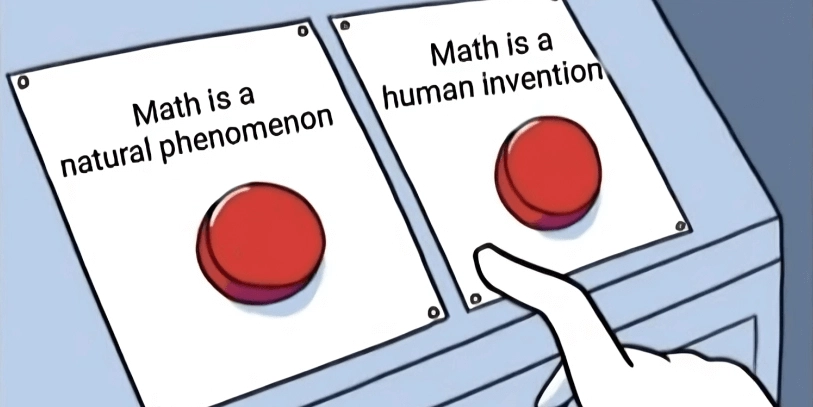








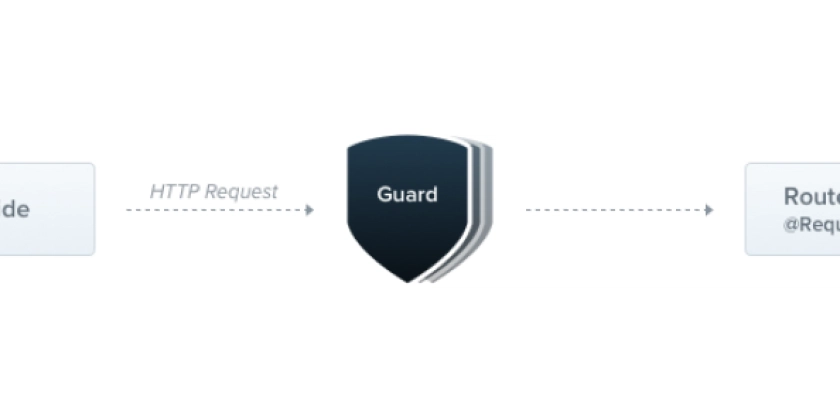
![California Software Companies: Unveiling Tech Leaders & Future Trends [2025]](https://media2.dev.to/dynamic/image/width=1000,height=500,fit=cover,gravity=auto,format=auto/https%3A%2F%2Fcontenu.nyc3.digitaloceanspaces.com%2Fjournalist%2F5bd5aa41-4877-4647-a4d3-4f4915a589fc%2Fthumbnail.jpeg)



